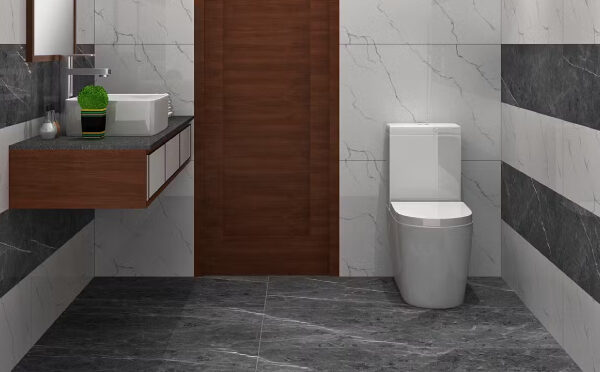What Goes into Bathroom Tiles and Stone Sealing?
Bathroom tiles and natural stone surfaces attract moisture, grime, and cleaning chemicals. Even with tough materials, continued use, and a lack of sufficient sealing, faults such as stains, discolouration, or damage may still occur. Stone and tile sealing plays a crucial role in either preserving the appearance, extending life, or even providing for cleaning where the area is damp.
Surface Assessment and Preparation
A preliminary evaluation of the surface material is required to determine whether it is ceramic, porcelain, marble, granite, or travertine prior to sealing. The material determines the choice of the best sealant to use.
A bathroom renovator cleans the surface properly, so that they get rid of all dirt, soap scum, mould and the residue of old sealant. The effectiveness and durability of the sealant application are at their maximum when the surface is clean.
Choosing the Right Sealant
You need a different sealer depending on the type of tiles or stones you have. Options include:
- Penetrating sealers provide the best protection for natural stones. They are contained in the material and provide long-term defence while maintaining their natural look.
- Topical sealers form a protective cover over the surface. Recommended for ceramic and porcelain tiles, routinely.
In the end, the right sealer will depend on the kind of tile you have, where it will be used, and whether you have a matte or glossy surface.
Sealant Application
The process involves:
- Applying in thin, even coats
- Providing sufficient time between coatings for drying
- Cleaning off the excess with a cloth to keep it streak-free
More than one coat may be applied during bathroom renovations to porous surfaces such as limestone and sandstone.
Drying and Curing Time
Drying times vary depending on the type of sealant, but most surfaces are dry to the touch in a few hours. The curing time can range from 24 to 48 hours, meaning that the area should be covered from water and activity during this period.
The sealing process helps to maintain a clean look and makes tiles and stones stain—and moisture-resistant.



